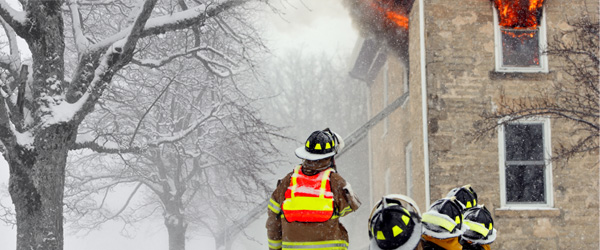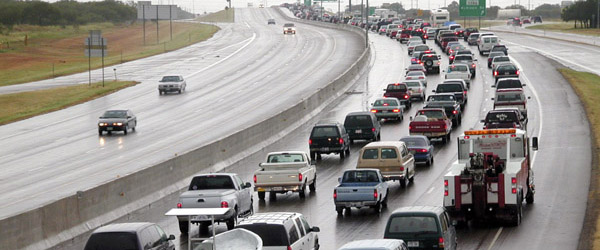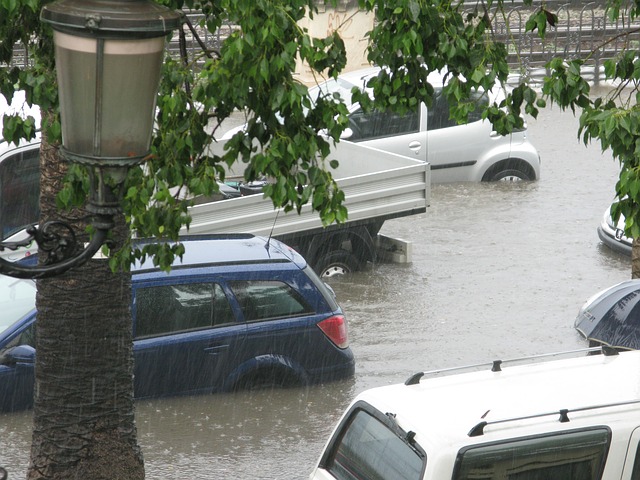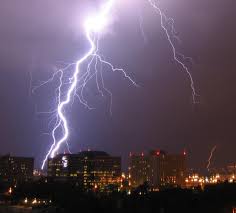Archive For The “Make a Plan” Category

Home Fire Safety Each year more than 2,500 people die and 12,600 are injured in home fires in the United States, with direct property loss due to home fires estimated at $7.3 billion annually. Home fires can be prevented! To protect yourself, it is important to understand the basic characteristics of fire. Fire spreads…

Evacuating Yourself and Your Family Prepare now in the event of an evacuation. Evacuations are more common than many people realize. Fires and floods cause evacuations most frequently across the U.S. and almost every year, people along coastlines evacuate as hurricanes approach. In addition, hundreds of times a year, transportation and industrial accidents release…

Admittedly, taking shelter in a vehicle may be an uncomfortable experience, particularly in very hot or very cold weather. Still, such discomfort is safer than possibly exposing yourself to chemical or radiological contaminants in the outside air. Having a portable disaster supplies kit in your vehicle could make the experience less unpleasant. The…

The appropriate steps depend on the emergency situation. If you hear a warning signal, listen to local radio or television stations for further information. You will be told what to do, including where to find the nearest shelter if you are away from your “shelter-in-place” location. Check with your workplace to learn their…

The appropriate steps depend on the emergency situation. If you hear a warning signal, listen to local radio or television stations for further information. You will be told what to do, including where to find the nearest shelter if you are away from your “shelter-in-place” location. Check with the school or day-care center…

The appropriate steps depend on the emergency situation. If you hear a warning signal, listen to local radio or television stations for further information. You will be told what to do, including where to find the nearest shelter if you are away from your “shelter-in-place” location. If you are told to “shelter-in-place,” act quickly….

What is Shelter In Place? “Shelter-in-place” means to take immediate shelter where you are—at home, work, school, or in between. It may also mean “seal the room;” in other words, take steps to prevent outside air from coming in. This is because local authorities may instruct you to “shelter-in-place” if chemical or radiological contaminants…

A Short-term Food Supply Can Become A Lifeline In An Emergency Consider the following things when putting together your emergency food supplies: Store at least a three-day supply of non-perishable food. Consider storing sufficient food to last you for a more extended amount of time. Start with a goal to have 3-day supply. Then increase…

Floods are the number one natural disaster in the United States. The average flood claim between 2008 and 2012 was nearly $42,000. Total flood insurance claims during the same time period was nearly $4 billion dollars per year. People outside of mapped high-risk flood areas file nearly 25% of all the National Flood Insurance…

Thunderstorms are very dangerous because they produce lightning which can cause death. Over the 30 years from 1984 to 2013, there were on average 51 deaths per year, although the number has been on the decline since 2006. This makes lightning one of the top three killers storm-related killers, and injures hundreds more each…
